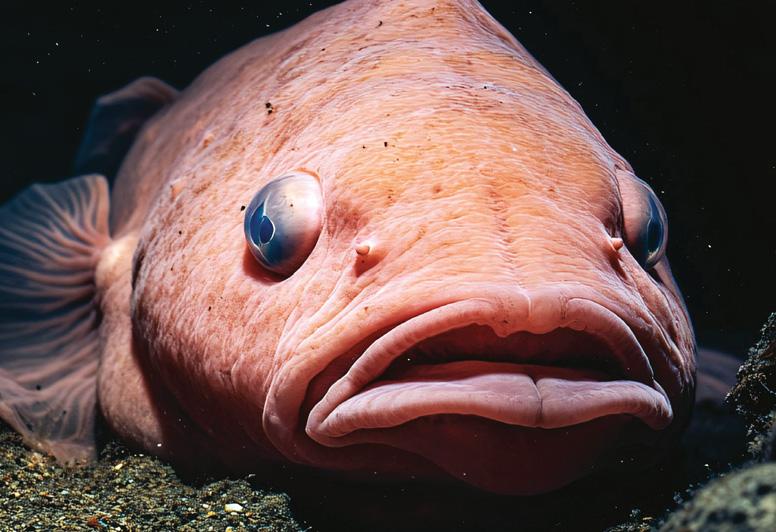
Have you ever gone swimming in the sea and wondered how far down the ocean goes? The deepest known point on the planet is a mysterious cavern called Challenger Deep that plunges down inside a gigantic underwater valley called the Mariana Trench.
Located in the western Pacific Ocean, the Challenger Deep is so deep that if you stacked six Eiffel Towers on top of Mount Everest and put them inside, you still wouldn't break the sea surface. The Mariana Trench was first discovered in 1875 but is so hard to reach that only a handful of people have ever been there. It is one of the least explored places on the planet, and is teeming with mysteries. How can scientists learn about somewhere that is so treacherous to humans? Let's find out...
Going down
We now know that the Mariana Trench was created when two tectonic plates (huge, moving slabs of solid rock that make up the Earth's solid surface) slammed into each other and - in slow motion - one slid underneath the other creating a cavernous ditch.
Diese Geschichte stammt aus der January 2025-Ausgabe von The Week Junior Science+Nature UK.
Starten Sie Ihre 7-tägige kostenlose Testversion von Magzter GOLD, um auf Tausende kuratierte Premium-Storys sowie über 8.000 Zeitschriften und Zeitungen zuzugreifen.
Bereits Abonnent ? Anmelden
Diese Geschichte stammt aus der January 2025-Ausgabe von The Week Junior Science+Nature UK.
Starten Sie Ihre 7-tägige kostenlose Testversion von Magzter GOLD, um auf Tausende kuratierte Premium-Storys sowie über 8.000 Zeitschriften und Zeitungen zuzugreifen.
Bereits Abonnent? Anmelden

Are cats smarter than dogs?
They're the UK's top pets, but which is more intelligent? You decide!

Could people turn Mars into another Earth?
Sven Bilén explores how humans might make a home on another world.

FUNNY BY NATURE
Claire Karwowski tracks down the wackiest wildlife that's cracking up the animal kingdom.

WEIRD SCIENCE
A round-up of the strangest science stories from around the world.

Guardians of the forest
Meet the incredible people protecting the Amazon rainforest.

The Mariana Trench
Dive in to find out how far down the ocean goes and what it's really like at the bottom.

Megan McCubbin
Meet the zoologist trying to change people's views of animals with a bad rep.

MAX POWER
From the second you wake up in the morning, your way of life is made possible thanks to the amazing power of electricity.

Your heart has a "brain"
New research by scientists at Sweden, and Columbia University, in the US, suggests that your heart could have its own \"mini brain\".

Ethiopian wolves could be furry pollinators
Sweet-toothed Ethiopian wolves have been seen lapping up nectar have been seen happing up nectar from red hot poker flowers.